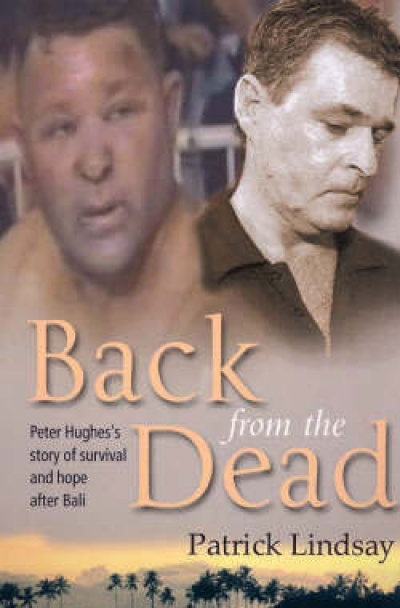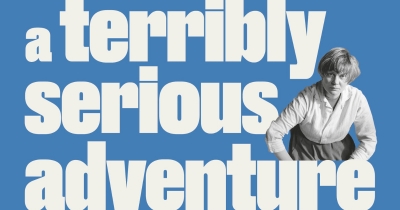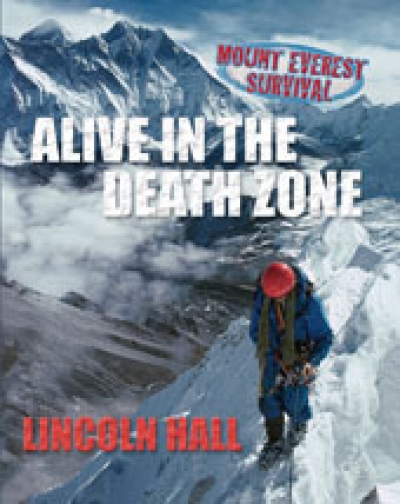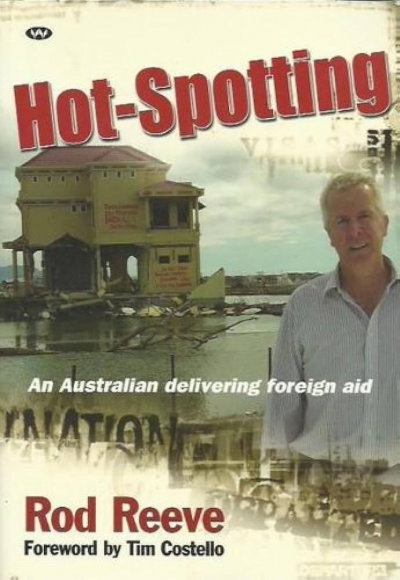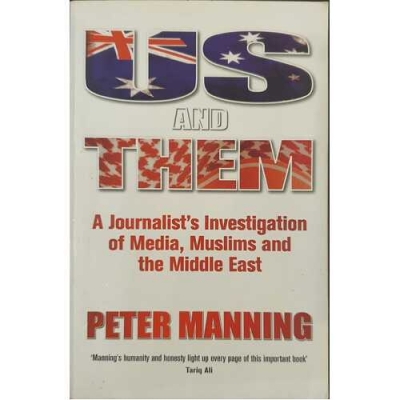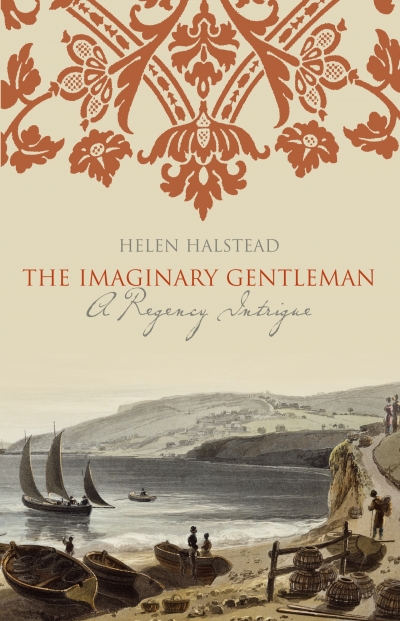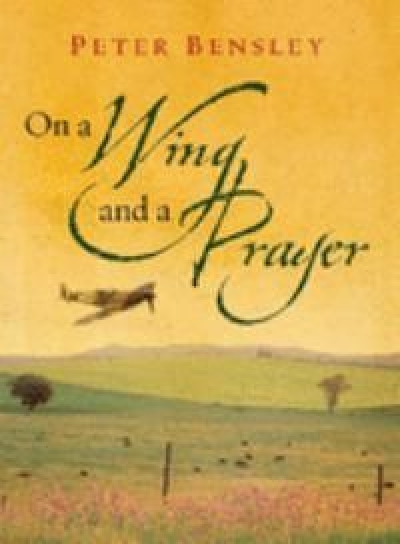Random House
Back from the Dead: Peter Hughes’ story of survival and hope after Bali by Patrick Lindsay
by Brent Crosswell •
A Terribly Serious Adventure: Philosophy and war at Oxford 1900–1960 by Nikhil Krishnan
by Karen Green •
Girl Next Door by Alyssa Brugman & Somebody’s Crying by Maureen McCarthy
by January Jones •
Alive in the Death Zone by Lincoln Hall & 30 Australian Sports Legends by Loretta Barnard and illustrated by Gregory Rogers
by Mike Shuttleworth •
Hot-spotting by Rod Reeve & Ardent by Jane Gibian
Us and Them: A journalist’s investigation of media, Muslims and the Middle East by Peter Manning
by Alison Broinowski •
The Gods of Freud: Sigmund Freud's art collection by Janine Burke
by Kerryn Goldsworthy •
Write Home for Me: A red cross woman in Vietnam by Jean Debelle Lamensdorf
by Rebecca Starford •

